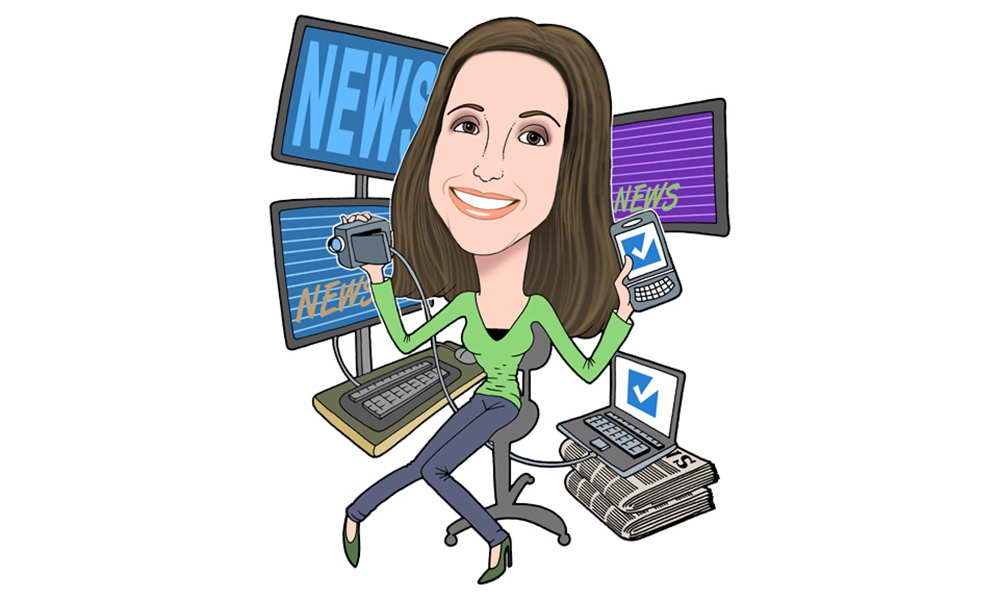Their passion is still evident. In Marist’s Political Communication and Politics course which I co-teach, a small group of students and I recently discussed Barack Obama’s 2008 presidential campaign. While addressing Obama’s use of new media, at least half of the students mentioned that they either contributed financially to Obama’s campaign or were on his mailing list. Plus, one of our students did not hesitate to share how she was a foot soldier in Obama’s grassroots army. But, can lightning strike twice? Can that exuberance carry over into this year’s midterm elections?
 According to the Pew Research Center’s 2008 post-election analysis, younger voters backed the Democratic Party in the 2004, 2006, and 2008 elections. 66% of voters under age 30 supported Obama in 2008, according to the exit polls. The result was the largest age gap among voters since 1972.
According to the Pew Research Center’s 2008 post-election analysis, younger voters backed the Democratic Party in the 2004, 2006, and 2008 elections. 66% of voters under age 30 supported Obama in 2008, according to the exit polls. The result was the largest age gap among voters since 1972.
Now, in a midterm election year when Democrats and Republicans are looking for any competitive edge and with the White House trying to reignite that spark, will it work? The clock is ticking and there are few signs that the youth is in a voting mood. According to the latest national McClatchy-Marist Poll, just 11% of registered voters under the age of 30 are very enthusiastic about voting in November while 48% of voters 60 an older have the same level of enthusiasm. Plus, the nation’s youngest voters have been disappointed with the president. In Marist’s September 22nd survey, 59% said the president was not meeting their expectations.
So, what are candidates, and the president, to do? As Heather Smith, President of Rock the Vote, points out in a recent U.S. News and World Report article, all hope is not lost. Campaigns just need to get moving and talk the talk young America wants to hear – focus on issues closest to them, issues like the economy.

